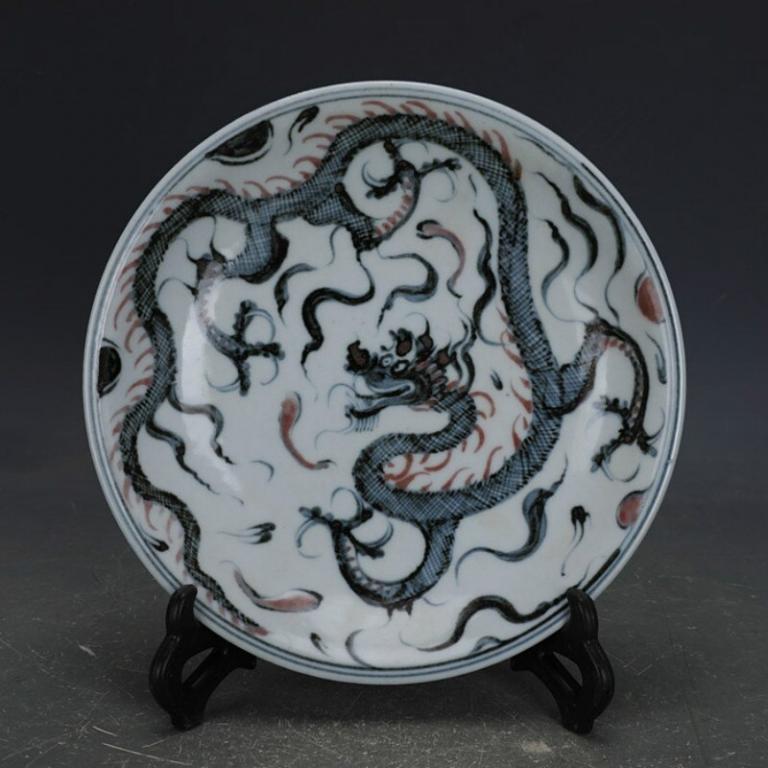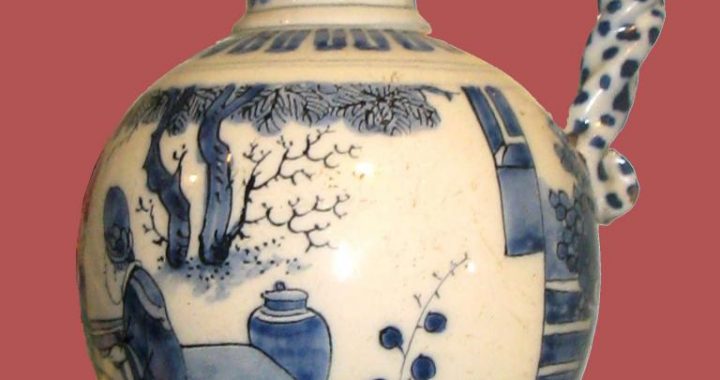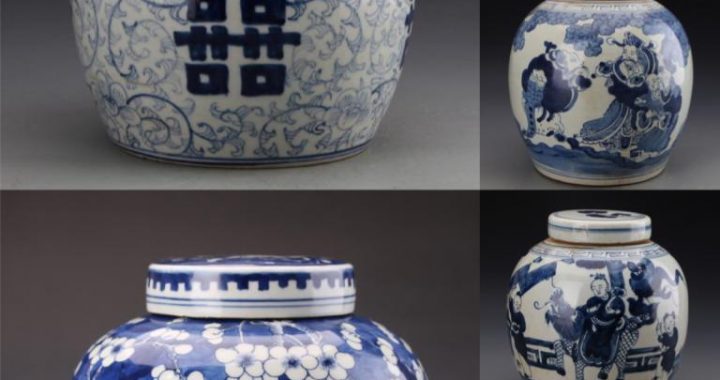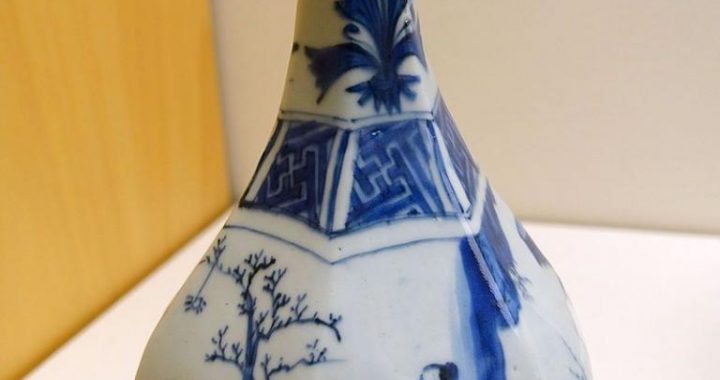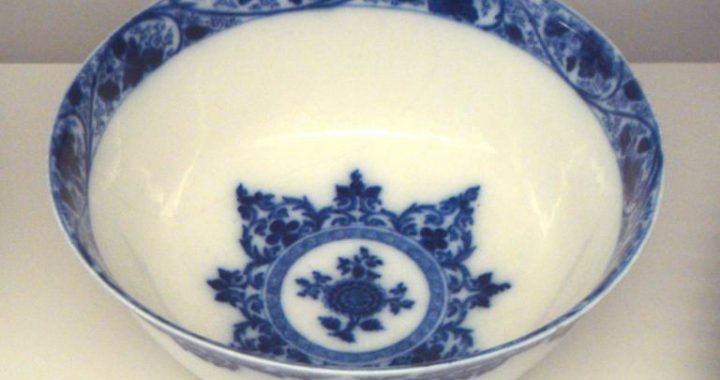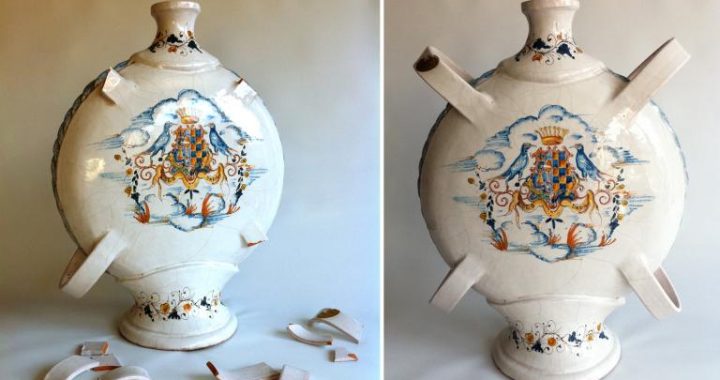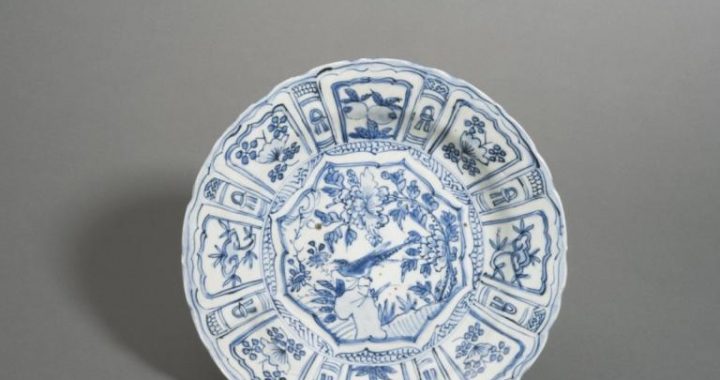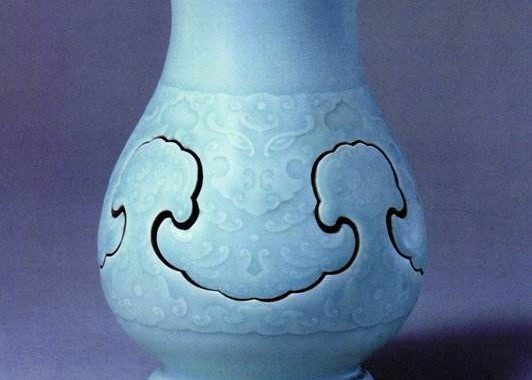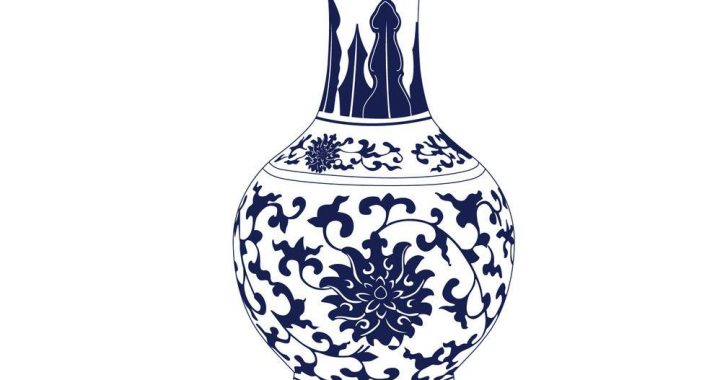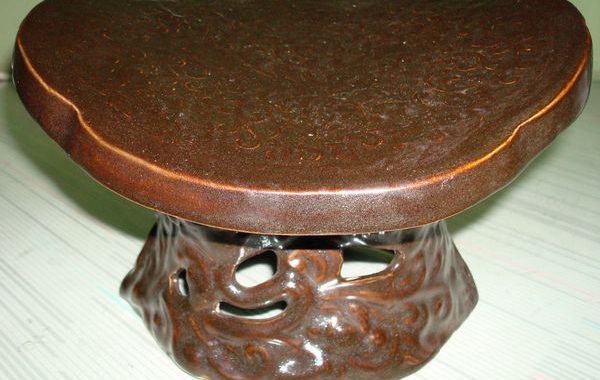Blue-and-white Porcelain with Underglaze Red
2 min readConcurrent with the popularity of blue-and-white wares in Yuan dynasty was the development of underglaze red wares. The two porcelain categories both apply underglaze decoration, which is to draw coloured pigment on the biscuit, and then coat it with a layer of transparent glaze. The only difference lies in the colour of the pigment, as underglaze red wares apply copper as the colouring agent. Since copper red displays poor stability during the firing process, it imposes very strict requirements on firing skills to control changes inside kiln, otherwise the produced colour would be entirely different with what has been expected. Due to such technological restrictions, although underglaze red wares are as charming as blue-and-white, they were less commonly manufactured than blue-and-white wares were in ancient China. Even by the time of the Ming and Qing dynasties, their production only took place during the heydays.
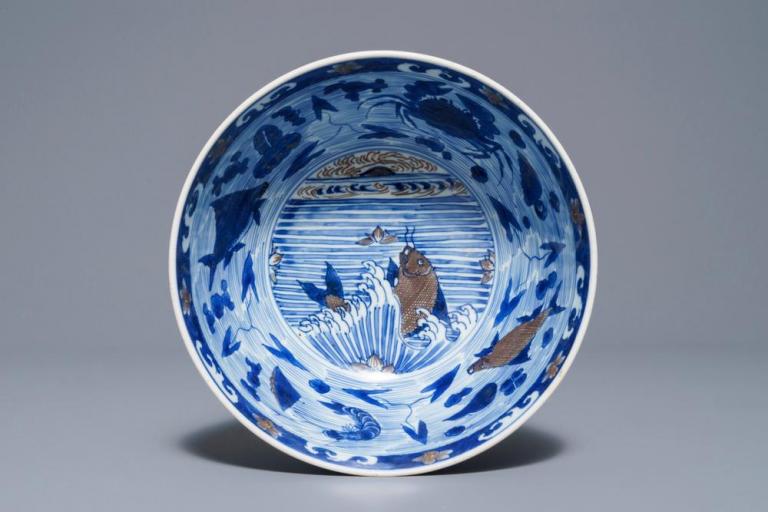
As two of the most outstanding porcelain types of the Yuan dynasty, potters attempted to combine blue-and-white and underglaze red into one piece, hence leading to the creation of blue-and-white wares with underglaze red, which appear more lively with red and blue matched together. However, because of the different conditions required for firing cobalt blue and copper red, the production of such a ware asked for higher skills. As a result, only a few pieces of blue-and-white wares with underglaze red have survived to the present, and become highly cherished treasures.
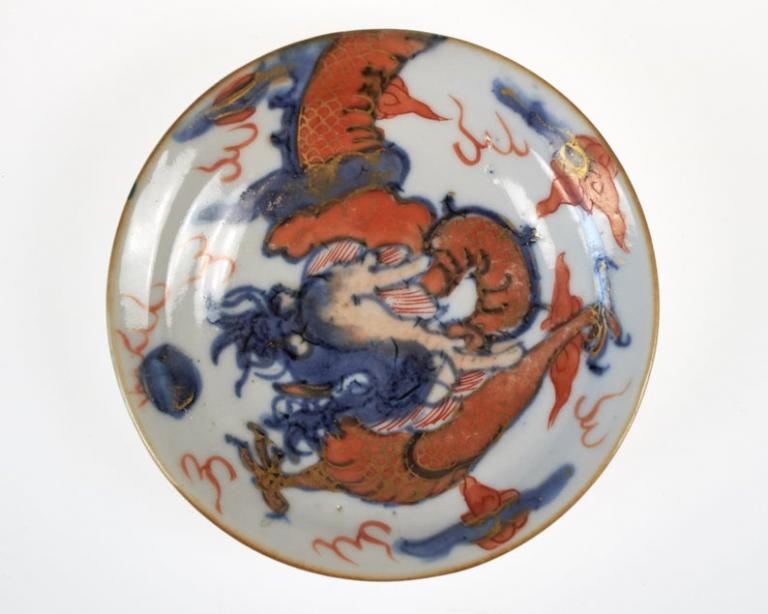
At the same time, various kinds of coloured glaze also emerged in the Yuan era, such as red, blue and peacock green, which helped constitute a rich porcelain industry based on the Yuan dynasty blue-and-white ware.
